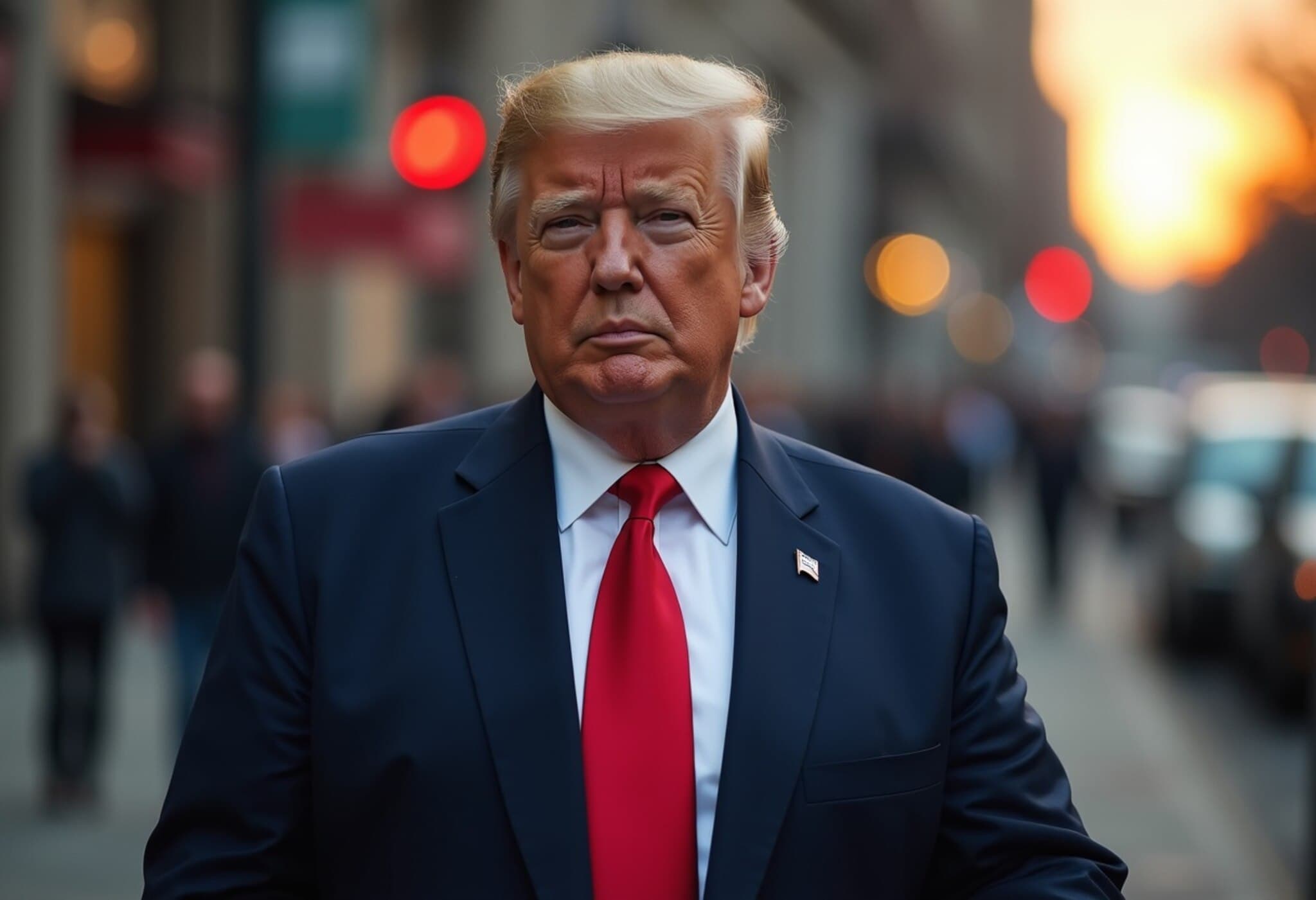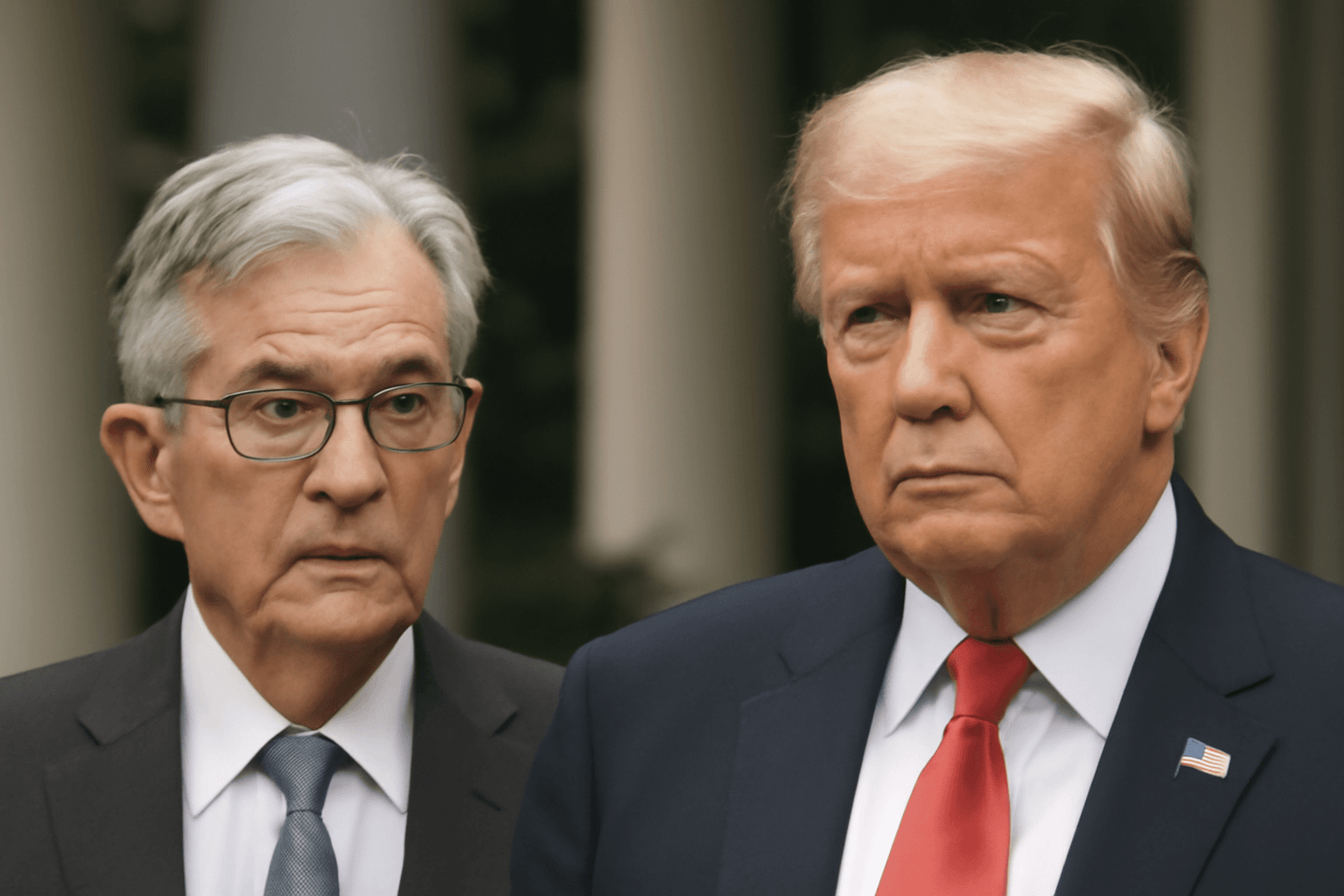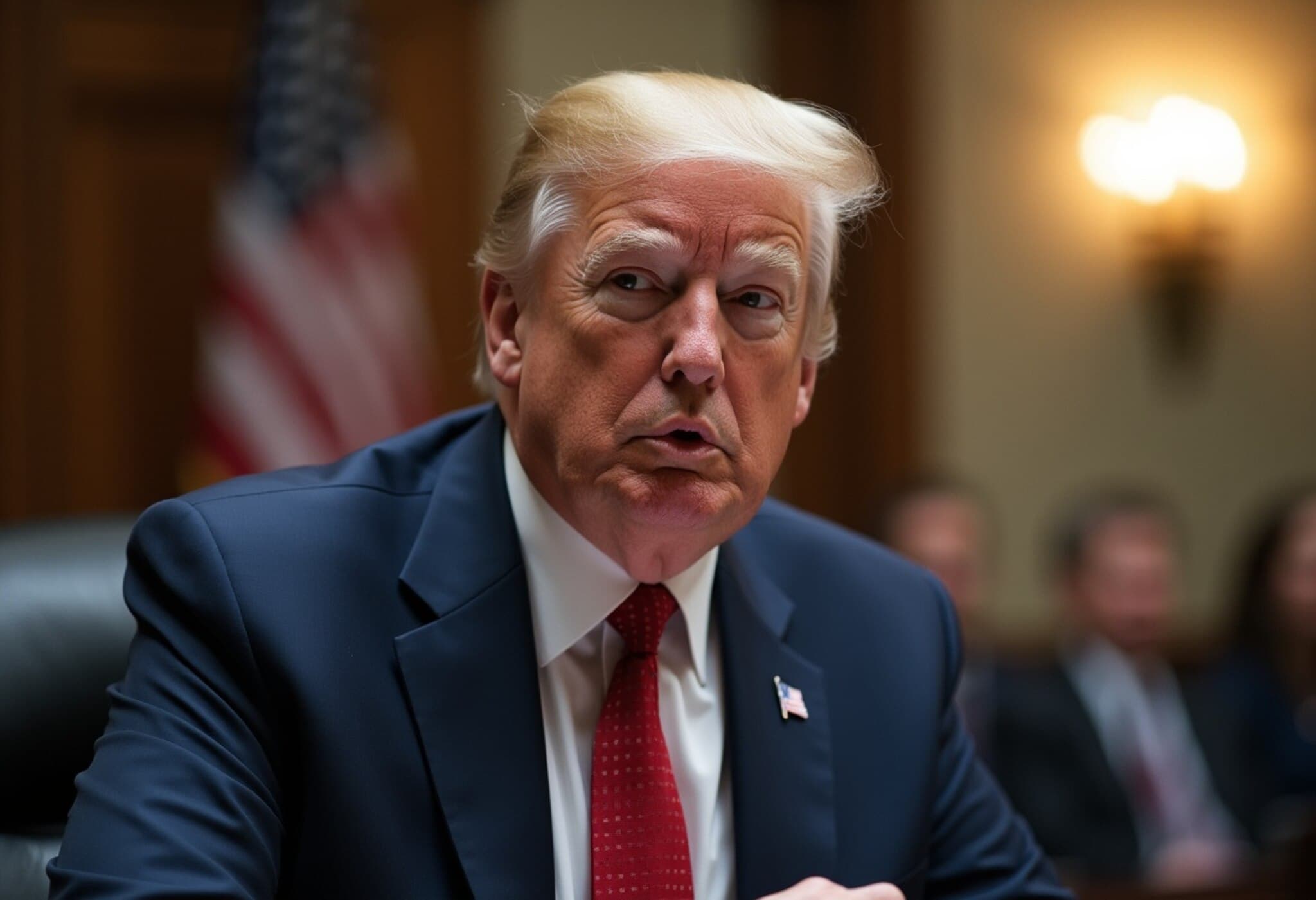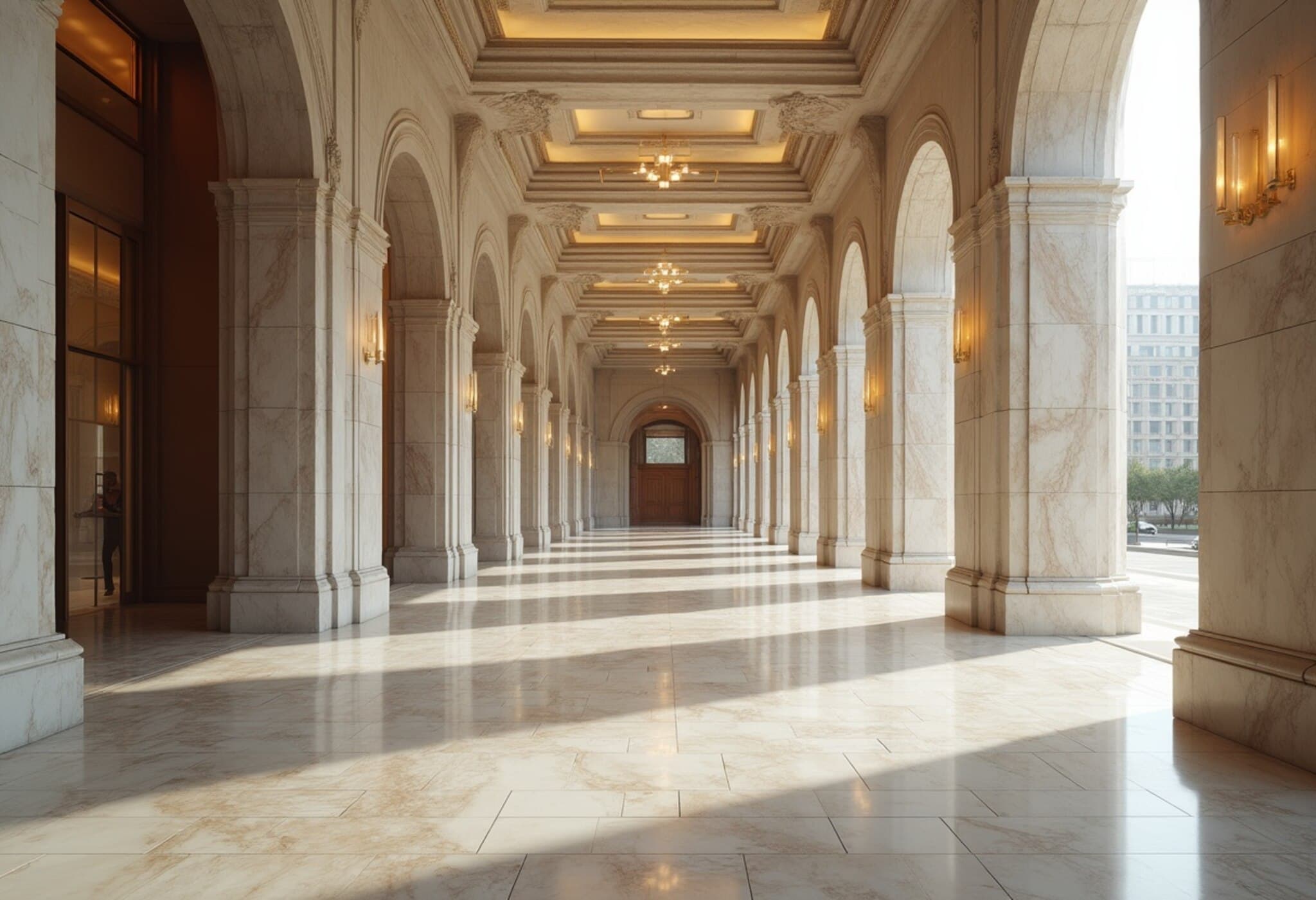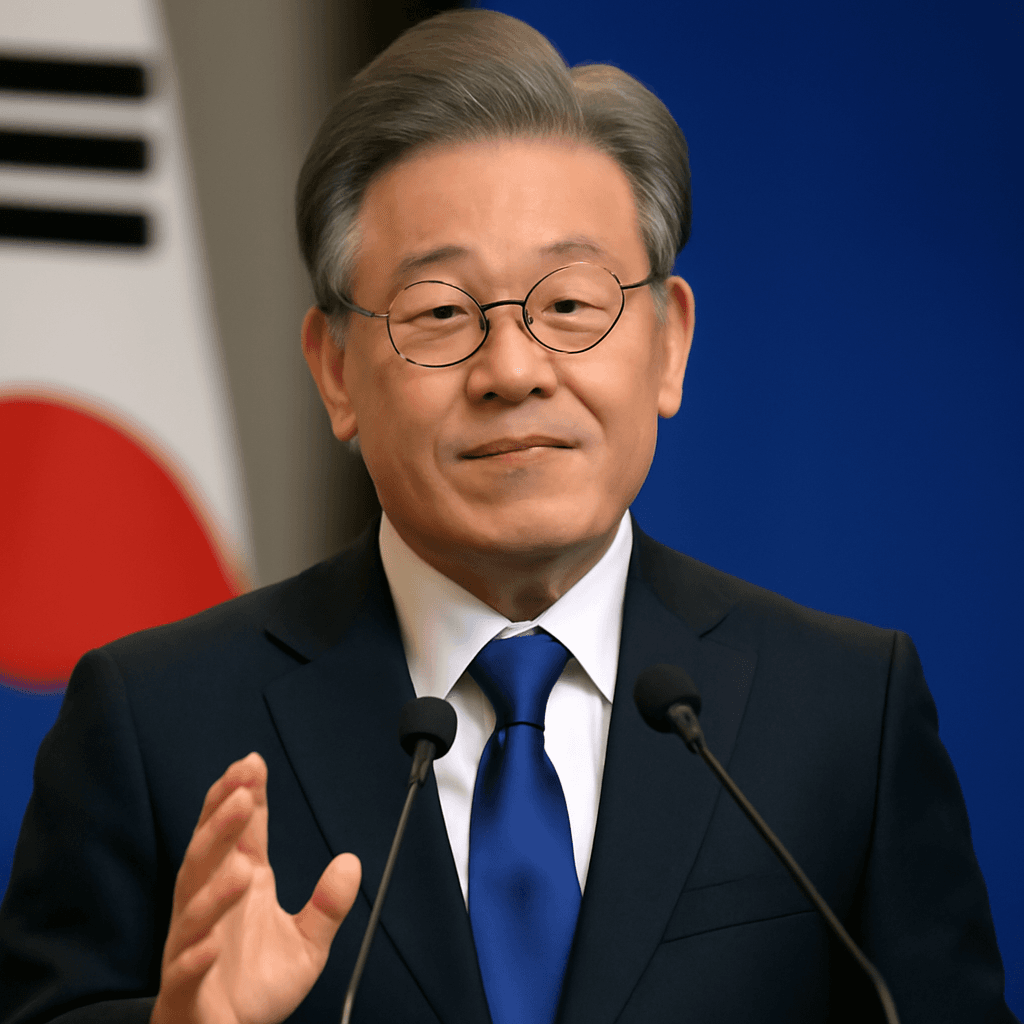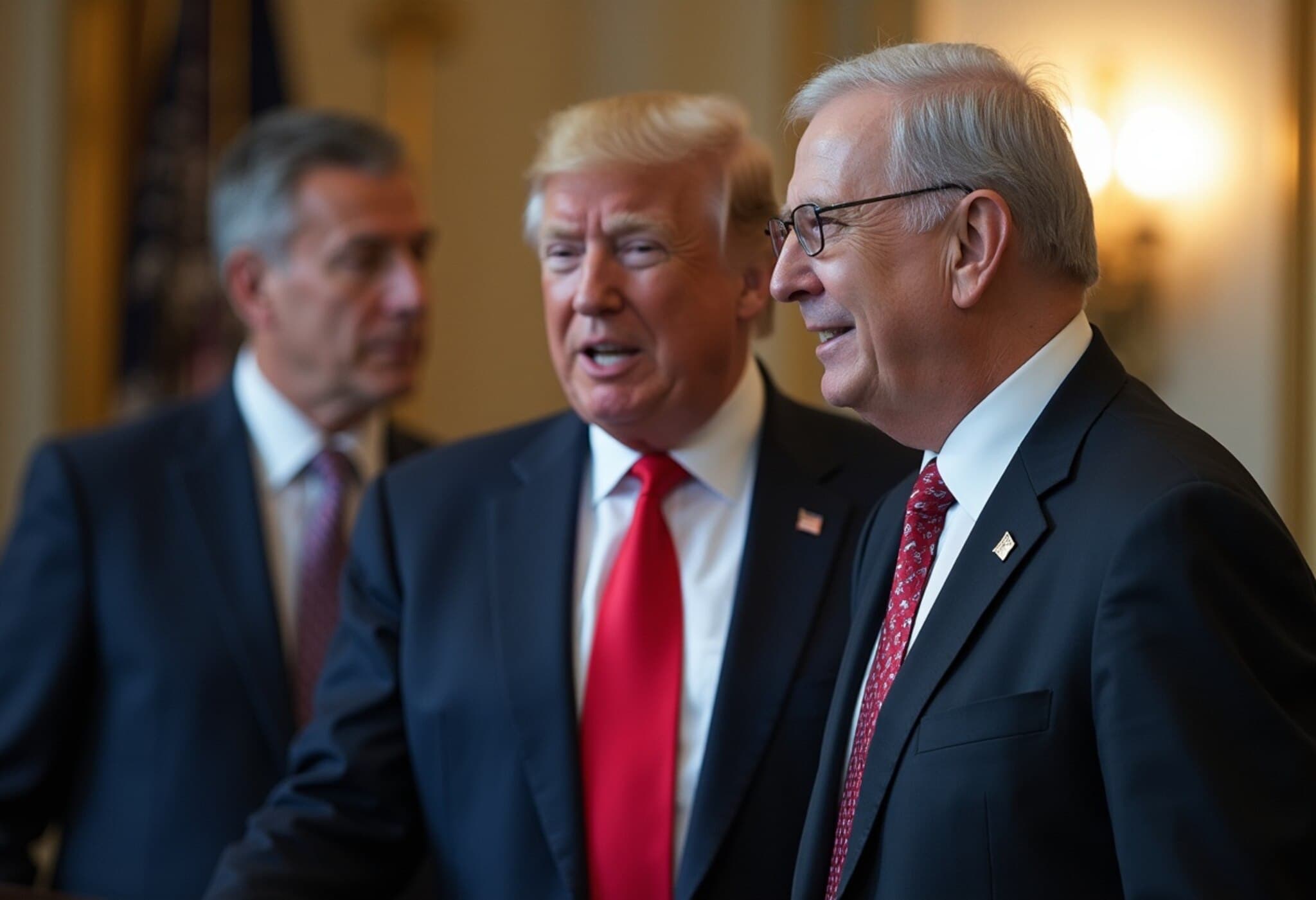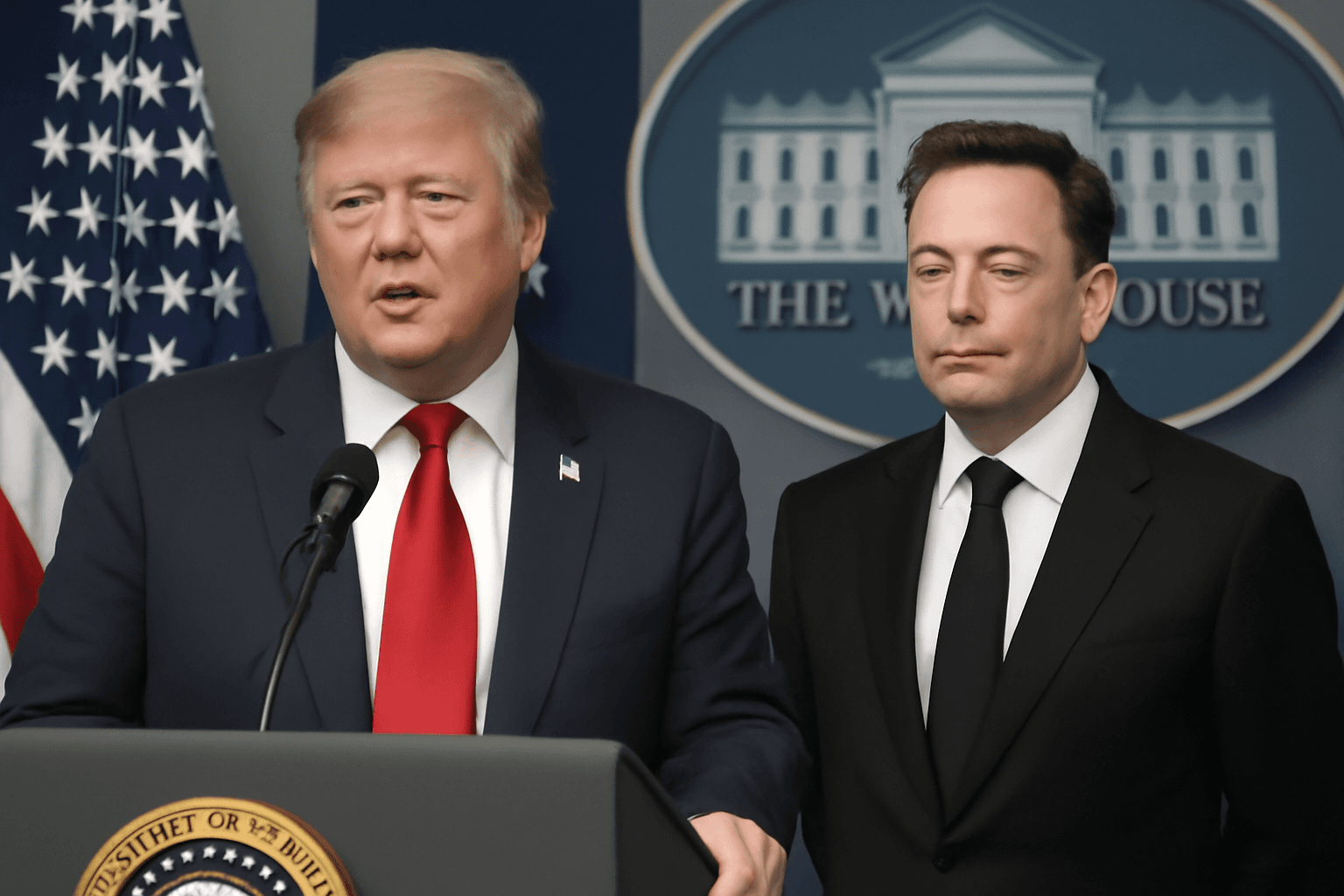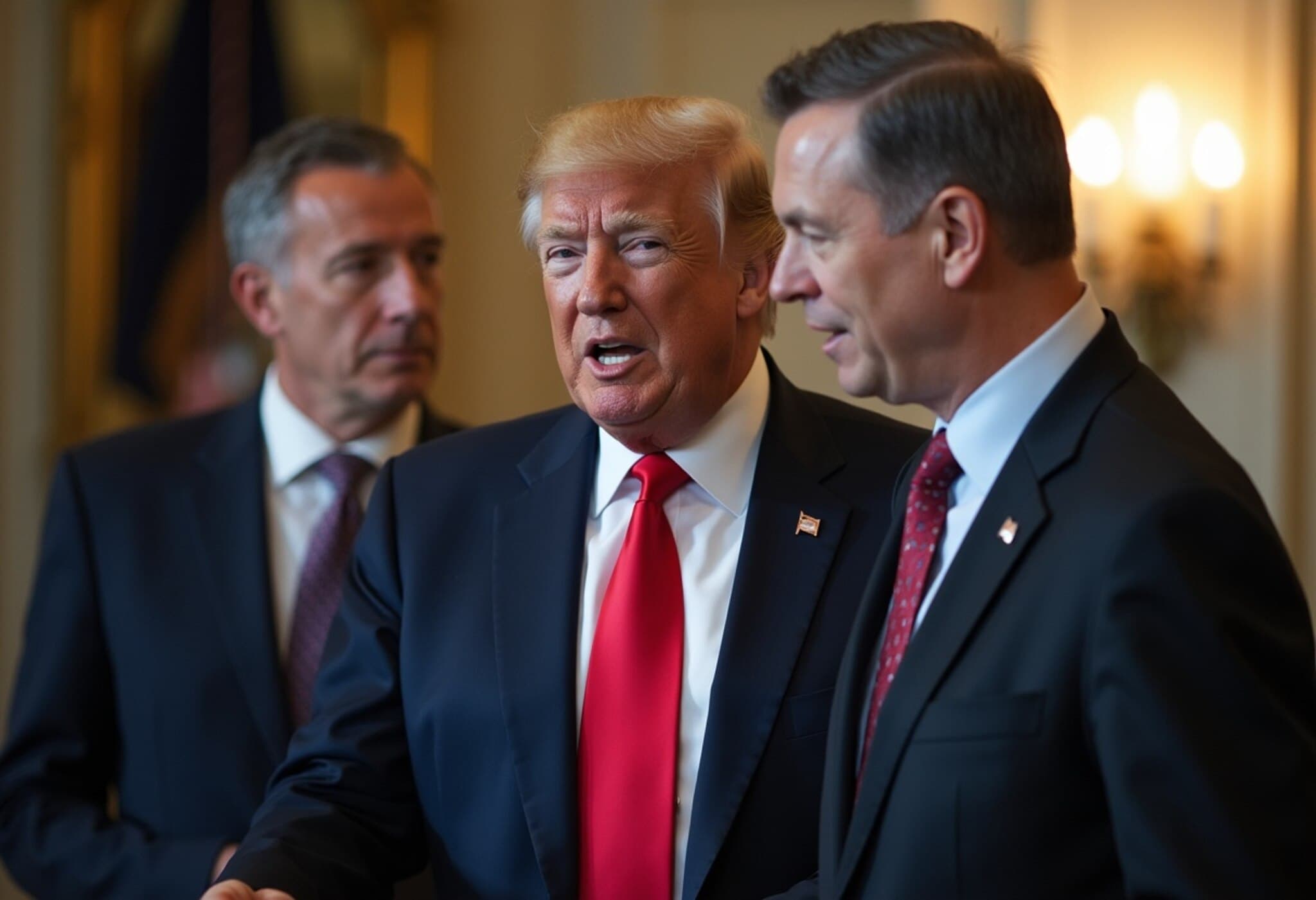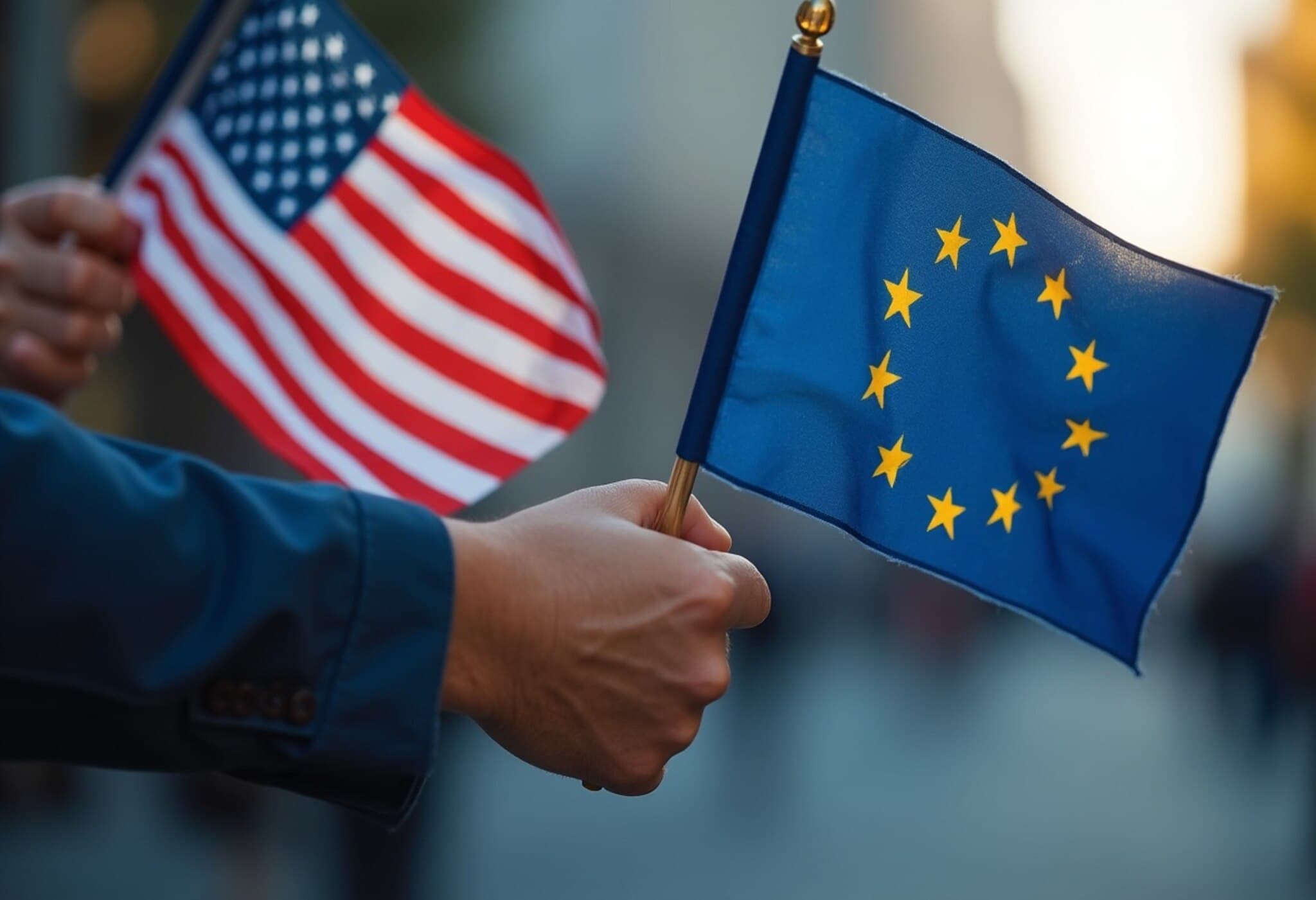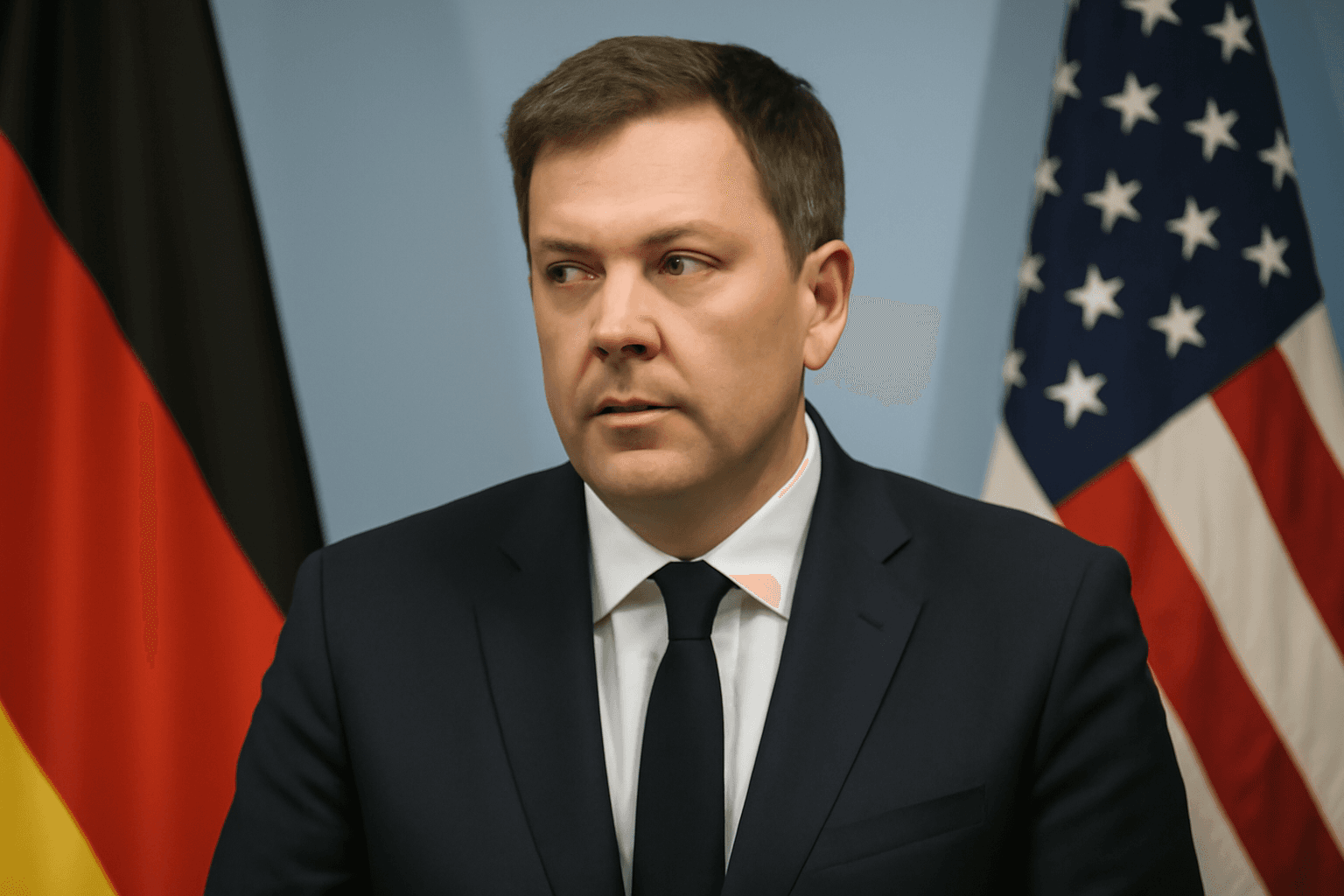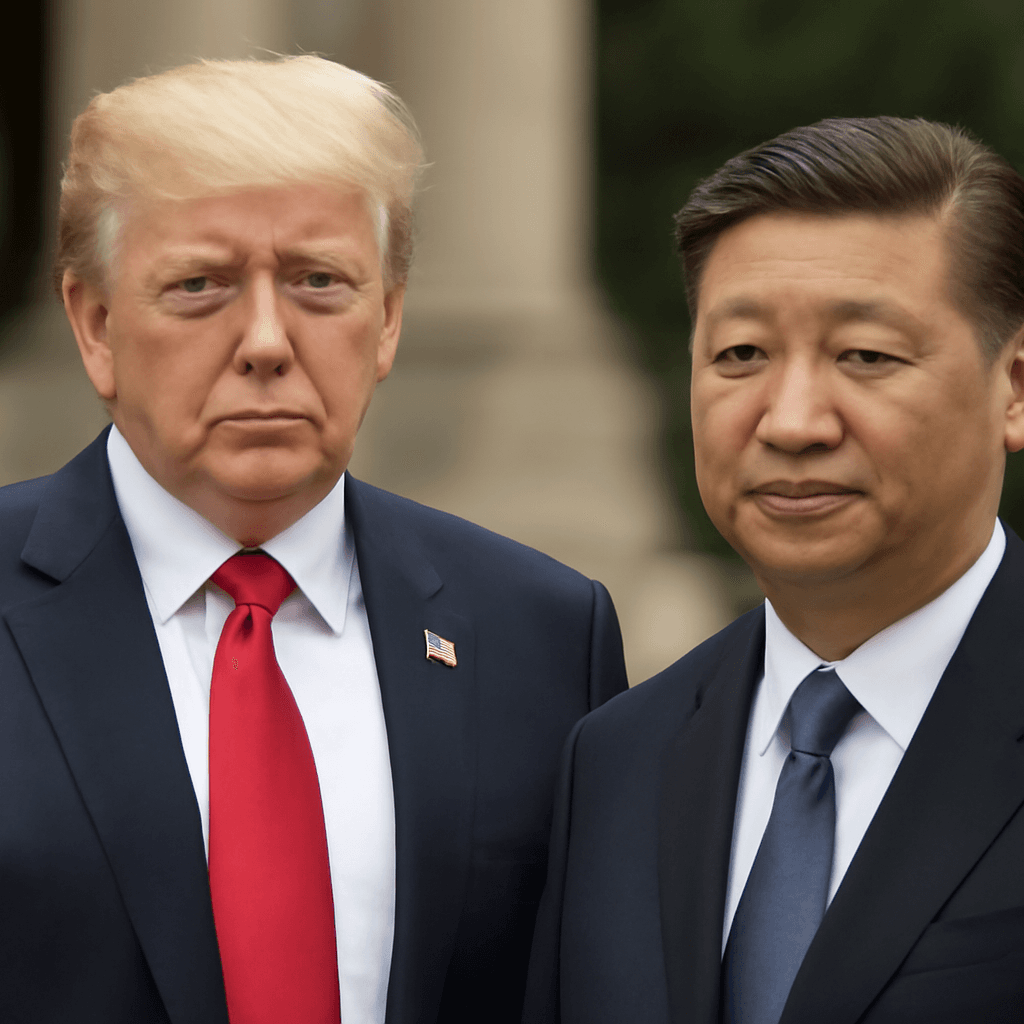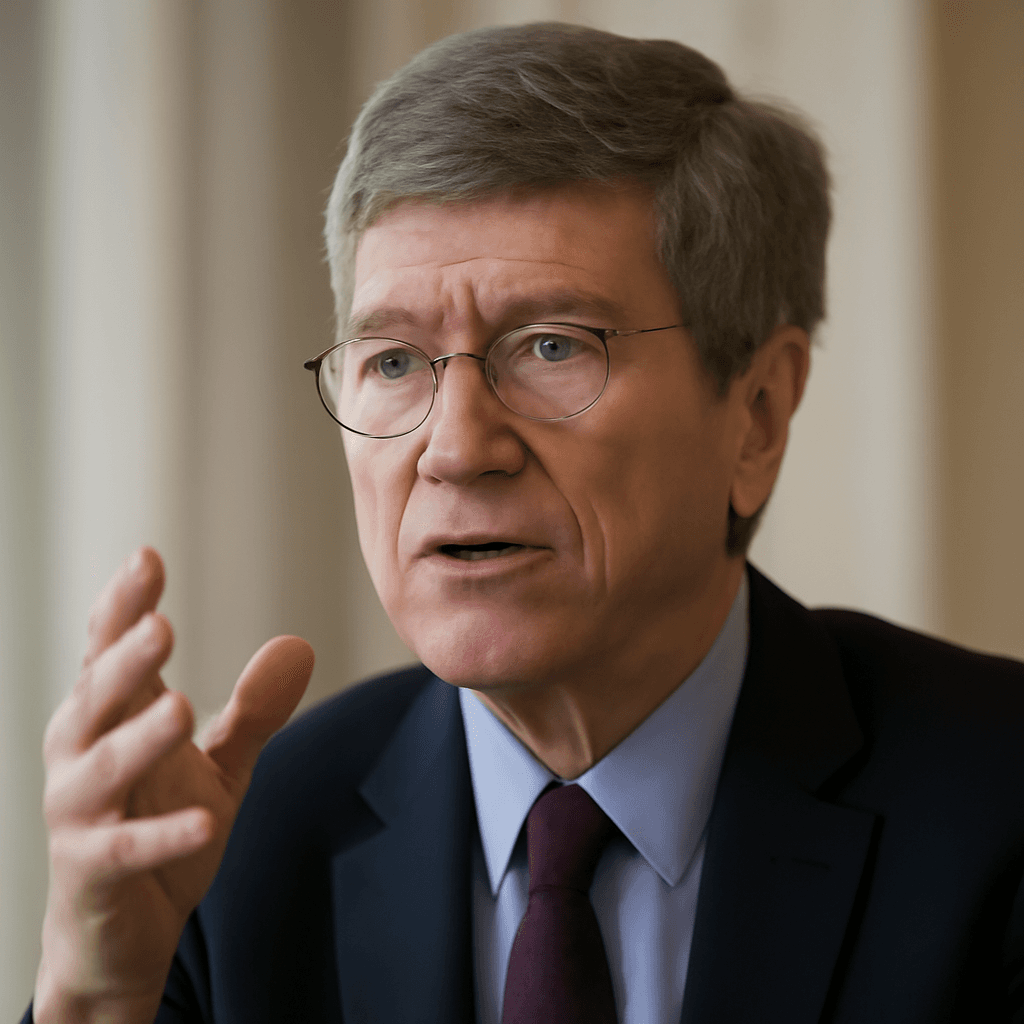The Disparity Behind Trump’s Bold Investment Claims
Since taking office, former President Donald Trump has repeatedly asserted that his administration attracted a staggering $14 trillion in new corporate investments to the United States, a figure that equates to roughly half of the nation's annual GDP. However, an in-depth review of data from the White House and independent sources suggests a far more nuanced reality.
The White House itself maintains a publicly accessible list titled “The Trump Effect,” crediting over 70 reported projects that supposedly resulted from Trump’s economic policies. Examples range from Texas-based bakery plants to a LEGO distribution center in Virginia, and from microchip manufacturing facilities in Arizona to technology sector commitments in data infrastructure. Yet, this list aggregates just over $2.6 trillion in confirmed U.S. investments—significantly less than Trump’s claim.
Decoding the Numbers: What Truly Drives the Investments?
Further analysis reveals nearly half of the projects featured on the site are linked to investments either initiated or legislated under former President Joe Biden’s administration. Notably, around $1.3 trillion of the committed funds reflect initiatives from Biden’s tenure or investments ongoing well before Trump’s presidency. This finding invites a critical question about the interplay between political timing and economic acquisitions.
In several cases, projects were already in motion when Trump assumed office or were supported by local government incentives that predate his administration. For instance:
- Hyundai’s $5.8 billion steel plant in Louisiana was selected months before Trump’s inauguration.
- Corning’s $1.5 billion Michigan investment includes nearly $900 million announced under Biden’s CHIPS and Science Act.
- LEGO’s distribution center in Virginia had state-level economic incentives arranged years before Trump took office.
- Chobani’s $1.2 billion plant in New York was in planning stages well prior to Trump’s term.
Expert Insights on the Economic Context
Mark Zandi, chief economist at Moody’s Analytics, cautions against reading headline announcements as definitive indicators of an economic upturn. According to Zandi, the underlying fundamentals steering investment spending have not substantially improved and might have weakened since early in the year. His viewpoint underscores that political announcements often precede the tangible economic results, potentially generating overstated expectations.
Furthermore, Trump’s trade policies, particularly sweeping tariffs, have injected uncertainty into international markets, potentially dampening the appetite for investment. Conversely, proponents argue that deregulation and corporate tax cuts enacted under Trump are laying the groundwork for higher investment in the near future. Richard Stern from the Heritage Foundation forecasts increased investment as businesses adjust to these incentives over coming quarters.
Corporate Narratives and Political Credit
Some corporations showcased in the so-called Trump Effect list indeed adjusted their investment strategies or capital spending. Yet, skepticism persists regarding timing and incremental changes, as exemplified by pharmaceutical giants like Eli Lilly, which increased U.S. spending slightly over previous years and coordinated announcements with the administration for maximal political impact.
Companies such as Apple and OpenAI have pledged significant multi-year investments focused on artificial intelligence and technology infrastructure. Analysts emphasize that these investments typically align with long-term business models rather than direct responses to presidential influence.
Local Governments’ Role and Preexisting Incentives
Many initiatives benefited from state and local incentives — tax breaks, grants, and subsidies — often secured before Trump’s presidency began. This perennial competition among states to lure corporate investment complicates narratives that attribute primary credit to federal policy changes. For example:
- Diageo’s $415 million Alabama plant was backed by incentives dating back three years prior to 2025.
- Eaton Corporation, Saint-Gobain, and Paris Baguette all secured local incentives for projects listed under Trump’s tenure but planned earlier.
Reflecting on Political Narratives Versus Economic Realities
While Trump’s emphasis on dealmaking has been central to his political identity, the reality of investment flows paints a more complex picture that blends bipartisan policy continuity, corporate strategy, and regional economic development mechanisms. The tendency to conflate announced intentions with realized investments obscures the broader economic context.
It remains critical for analysts, policymakers, and citizens alike to discern between promotional rhetoric and measurable economic impact, especially as upcoming election cycles often amplify such claims.
Editor’s Note
The case of the conflicting investment figures attributed to President Trump’s administration underscores an essential challenge in economic news: distinguishing fact from political spin. As investment announcements become tools of political messaging, the need for rigorous, transparent analysis grows ever more vital. Readers should ask how much of these commitments translate into actual jobs, sustainable growth, and innovation, and how intertwined public incentives and policymaking blur the lines of credit.
The dialogue around “The Trump Effect” encourages a broader conversation on how presidents can influence, stimulate, or merely narrate economic performance during their terms, a conversation resonant across the American political and economic landscape.

